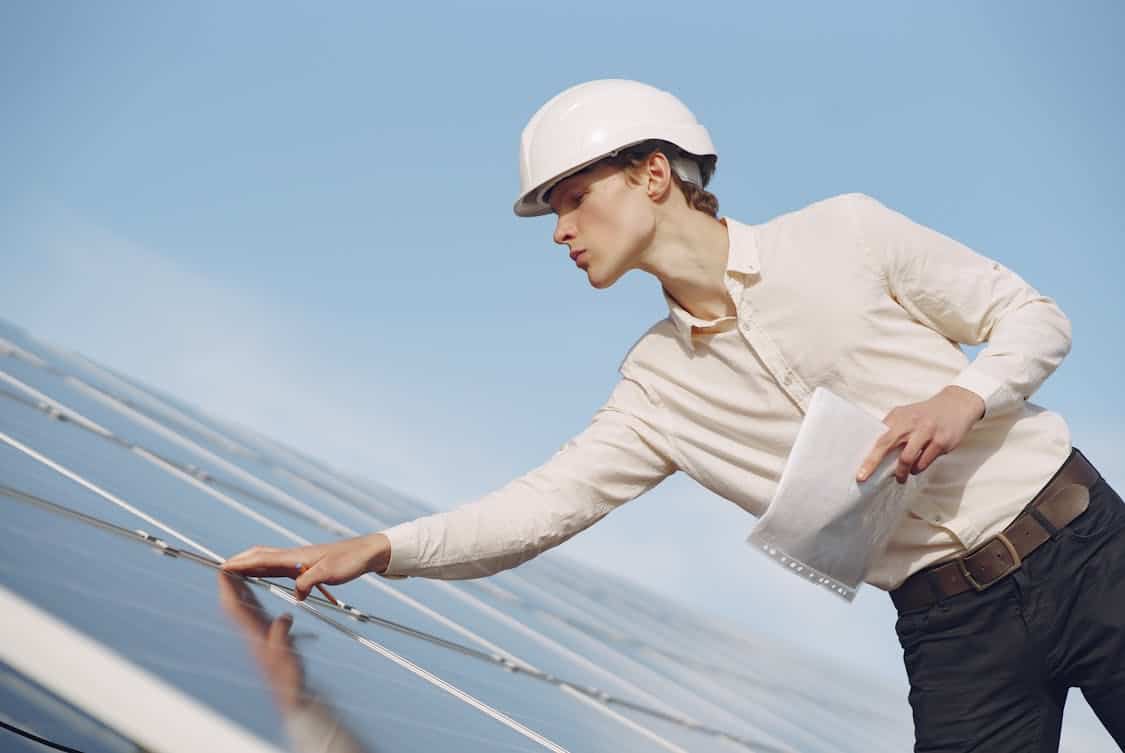As the world shifts towards renewable energy, solar panels have taken center stage. They’re celebrated for their ability to generate clean electricity, but how long do they actually last?
Let’s explore the lifespan and durability of modern solar panels, shedding light on the factors that influence their longevity.
Understanding Solar Panel Lifespan
When discussing solar panels, lifespan usually refers to the period during which they operate efficiently. Most modern panels come with warranties ranging from 20 to 25 years, which indicates manufacturers’ confidence in their products.
However, many panels continue functioning well beyond this period, often delivering satisfactory performance for 30 years or more.
That’s not to say the efficiency remains constant. Over time, panels may experience degradation, meaning they produce less electricity as years go by.
Typically, degradation rates hover around 0.5% to 1% per year. This means, after 25 years, a panel may still be producing 80% to 90% of its original output—still a significant return on investment!
Factors Affecting Durability
Several variables can influence the durability of solar panels. Understanding these factors can help consumers make informed decisions when selecting and installing them.
Quality of Materials
The materials used in manufacturing solar panels play a critical role in their overall durability. High-quality silicon, for instance, enhances panel performance and life expectancy.
Manufacturers often utilize protective layers made from glass or specialized polymers to shield the cells from environmental damage. Panels with durable coatings can withstand extreme weather conditions, including hail, wind, and heavy rain.
Environmental Conditions
The environment where solar panels are installed has a direct impact on their lifespan. For example, panels in areas with intense sunlight may degrade faster due to prolonged UV exposure.
Conversely, regions with cooler temperatures can enhance efficiency and longevity. Moisture, dust, and pollution can also lead to faster deterioration of panels if not regularly cleaned or maintained.
Installation Quality
Installation is just as crucial as the panels themselves. Improperly installed systems can lead to performance issues and decreased lifespan.
For instance, poor sealing can allow water to infiltrate and damage internal components. If you’re considering solar panels, we recommend contacting professionals who specialize in solar panels install salt lake city for a seamless and reliable installation.
Hiring experienced professionals to install solar panels can mitigate these risks.
Maintenance and Care

While solar panels are relatively low-maintenance, a few simple practices can extend their lifespan. Regular inspections can help identify issues before they escalate.
Cleaning panels, especially in dusty or pollen-heavy areas, ensures they operate at peak efficiency. Most homeowners can conduct basic maintenance, but professionals should handle more complex checks.
Monitoring Performance
Keeping an eye on a solar panel system’s performance can reveal degradation levels and overall health. Many modern systems come equipped with monitoring software that tracks output and efficiency in real time.
If performance dips significantly, it may indicate a need for repairs or replacement.
Warranty and Support
Manufacturers typically offer warranties that cover both equipment and performance. Understanding these warranties can provide peace of mind. If a panel underperforms within the warranty period, manufacturers often offer replacements or repairs.
It’s wise to get familiar with the terms to ensure that you’re covered.
The Future of Solar Panel Technology
As technology advances, manufacturers are continuously improving the durability and efficiency of solar panels. Emerging innovations, such as bifacial panels, capture sunlight from both sides, increasing energy output without significantly impacting longevity.
Additionally, advancements in materials science promise even more robust solutions for both commercial and residential applications.
Sustainable Materials
The push for sustainability has led to the development of new materials that are not only efficient but also environmentally friendly. Organic photovoltaics and recyclable components are paving the way for a greener solar industry.
These innovations could mean longer-lasting products with less environmental impact.
Energy Storage Solutions
Energy storage technology is advancing alongside solar panels. Modern batteries allow homeowners to store excess energy generated during peak sunlight hours, which can be used later.
This enhances the overall efficiency of solar systems and can also contribute to extending a solar panel’s effective lifespan by reducing wear and tear from fluctuating energy demands.
Real-World Examples
Looking at real-world examples can offer valuable insights into the lifespan and durability of solar panels in various conditions.
Residential Installations
Many homeowners have reported their solar panels still performing well after 30 years of use. Some installations in sunnier climates, like California and Arizona, have experienced minimal degradation, maintaining high energy output.
Reports from homeowners indicate that regular cleaning and maintenance contributed significantly to their panels’ longevity.
Commercial Applications
In the commercial sector, larger solar installations are common. Businesses often install panels to reduce electricity costs. Companies like Walmart and Ikea have invested heavily in solar energy, with many of their panels still functional after decades.
These installations showcase how proper maintenance and quality materials can lead to impressive longevity.




